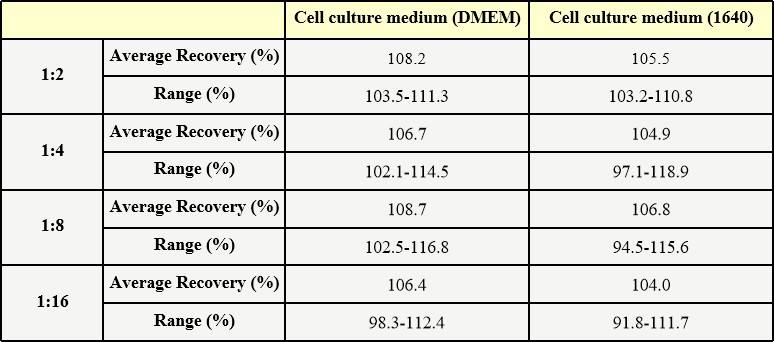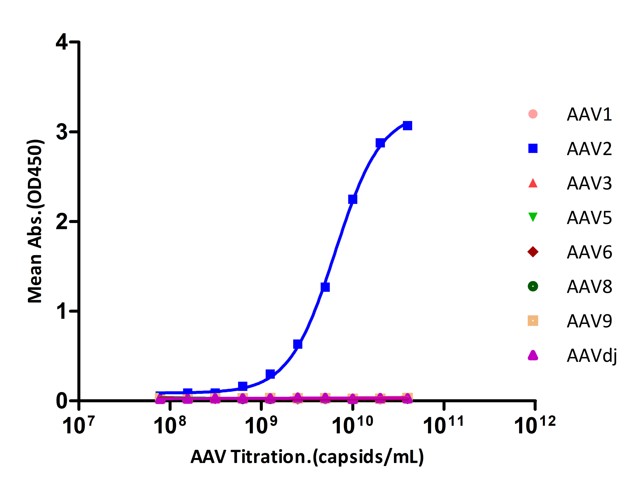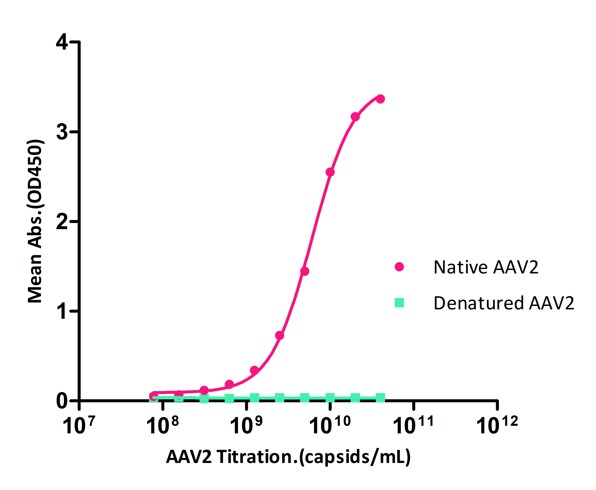Effect of brimonidine on retinal ganglion cell function by in vivo calcium imaging of optic nerve crush in miceLi, Kowal, Zhao
et alExp Eye Res (2025) 255, 110355
Abstract: Brimonidine has shown neuroprotective effects in animal studies, but clinical trials failed to demonstrate effective endpoints. Here, we used a newly developed in vivo calcium imaging method to measure RGC function of brimonidine in mice optic nerve crush (ONC) models. To transduce RGCs in vivo, wild-type C57Bl/6j mice were treated with intravitreal AAV2-mSncg-jGCaMP7s, a live-cell Ca2+ tracer. RGCs are defined as 10 subtypes according to different responses to UV light. Mice were treated with topical brimonidine or placebo three times daily for two weeks after ONC. The calcium signals of live-cell RGCs were measured with the Heidelberg cSLO system. Ganglion cell complex (GCC) thickness and IOP were examined at different timepoints after treatment. RGCs were counted after RBPMS immunostaining. Live calcium imaging showed ONC significantly decreased RGC number at 14 days post-ONC compared to controls. The topical brimonidine administration changed calcium signal responses of RGC to UV light in ONC mice. It showed brimonidine partly prevented the decrease of survival ON-RGCs percent after ONC. Single RGC analysis showed a lower conversion percent of ON-RGCs to OFF-RGCs with brimonidine administration after ONC. However, no significant differences in RGC survival, IOP or GCC thickness were noted between eyes treated with brimonidine or placebo. In the acute ONC mice model, in vivo calcium imaging revealed that brimonidine maintained the Ca2+ activation of ON-RGCs to UV stimulation, inhibiting the conversion of survival ON-RGCs to OFF-RGCs. This indicates that ON-RGCs may be more resilient to acute optic nerve injury based on the calcium imaging method.Copyright © 2025 Elsevier Ltd. All rights reserved.
The Role of Gene Therapy as an Emerging Treatment Strategy for Alpha-1 Antitrypsin Deficiency-Associated Lung Disease: A Systematic ReviewAfrin, Binte Hasan, Sagar
et alCureus (2025) 17 (2), e79286
Abstract: Monogenetic disease alpha-1 antitrypsin deficiency (AATD) is the leading cause of emphysema, which is a major life-limiting chronic obstructive pulmonary disease (COPD). The current standard of care for severely affected individuals with lung disease is the periodic intravenous infusion of human AAT protein to restore circulating AAT levels to a protective level, known as augmentation therapy. We did a systematic review to see the effect of gene therapy as a potential therapeutic option for AATD-related lung diseases. MEDLINE (via PubMed), SCOPUS, Web of Science, Cochrane Library, and EMBASE have been searched following PICO (Population, Intervention, Comparison, Outcome) criteria. After duplication removal, abstract and title screening, full-text screening was done by two individual reviewers. Then, the data were extracted, tabulated, and analyzed. A total of 1094 articles were found in the primary search. After a comprehensive review following strict inclusion and exclusion criteria, 14 articles have been included in the review. Evidence shows the response of gene therapy depends on multiple factors, e.g., what vector is used, route of therapy administration, duration of therapy, etc. The AAV8-CASI-luc vector, delivered intratracheally (IT), achieved sustained lung transgene expression for at least 52 weeks, but 29% of mice had persistent expression up to 72 weeks, providing therapeutic AAT protein levels, reducing experimental emphysema severity in mice. Intratracheal AAV8 in mice showed the highest AAT expression in the lung, outperforming AAV9, AAV5, AAV2, and AAV2 capsid mutants, providing long-term expression up to 4 months. Intrapleural administration of AAV5-hA1AT achieved higher lung and serum A1AT levels than intramuscular delivery, with AAV5 yielding 10 times higher levels than AAV2. Gene therapy using viral vectors has a potential role in producing AAT protein, which can be beneficial for AATD-related lung diseases. Human trials are necessary to establish the effectiveness and safety of gene therapy. In conclusion, while initial studies are encouraging, more research is needed to confirm the role of gene therapy.Copyright © 2025, Afrin et al.
A synthetic opsin restores vision in patients with severe retinal degenerationMohanty, Mahapatra, Batabyal
et alMol Ther (2025)
Abstract: Inherited Retinal degenerations are the leading cause of blindness worldwide, and in advanced stages, cell loss makes gene replacement ineffective. Optogenetics offers a therapeutic opportunity to restore vision by photo-sensitizing remaining retinal neurons. However, current opsins are kinetically slow, partially activated in ambient light, unresponsive to different light colors, and target low-resolution retinal cell circuits. To overcome these limits, we engineered a synthopsin made of three selectively mutated non-mammalian proteins to achieve a broadband Multi-Characteristic Opsin. The synthopsin was packaged into an optimized AAV2 gene therapy vector that targets human retinal bipolar cells. In an investigator-initiated, open-label study, four blind retinitis pigmentosa patients with ABCA4 variants received a single intravitreal gene therapy injection. Noninvasive imaging confirmed retinal gene expression via a fluorescent reporter protein. Patients showed improvement in vision, shape discrimination, and mobility through 52 weeks. There were no significant safety issues despite what is likely one of the most synthetic, non-mammalian proteins ever expressed in a human. This is the first report of a gene monotherapy that can restore vision in blind patients in a mutation-independent manner utilizing an optogenetics technology platform.Copyright © 2025 The Author(s). Published by Elsevier Inc. All rights reserved.
Viral mediated α-synuclein overexpression results in greater transgene levels and α-synuclein overload in mice bearing kinase dead mutation of LRRK2Albanese, Domenicale, Mercatelli
et alSci Rep (2025) 15 (1), 9992
Abstract: The relationship between LRRK2 mutations and susceptibility to synuclein pathology in Parkinson's disease (PD) is still unclear. We here investigate whether the mice carrying the D1994S kinase-dead (KD) mutation of LRRK2 show enhanced susceptibility to synucleinopathy. Twelve-month-old LRRK2 KD and WT mice were injected with AAV2/9 carrying human A53T α-synuclein (AAV-h-A53Tα-syn) or AAV2/9-GFP as a control. Three months after injection, α-synuclein pathology and nigrostriatal dopaminergic neuron degeneration were assessed along with motor behaviour. AAV-h-A53Tα-syn-injected LRRK2 KD mice showed a decline in stepping activity in the drag test compared to baseline levels and AAV-GFP-injected controls. This was associated with higher transgene levels and Serine129 α-syn phosphorylation in striatum and substantia nigra measured by immunohistochemistry. Total α-synuclein levels were also elevated in the substantia nigra but not striatum of AAV-h-A53Tα-syn LRRK2 KD mice compared to AAV-h-A53Tα-syn controls. Stereological counting of nigral dopaminergic neurons and densitometric analysis of striatal dopaminergic terminals did not reveal overt nigrostriatal degeneration. We conclude that silencing of kinase activity results in greater α-syn load due to greater viral transduction and/or defective α-syn clearance, possibly related to autophagy-lysosomal pathway impairment, however, with no consequence upon dopaminergic neuron survival in the mouse.© 2025. The Author(s).






























































 膜杰作
膜杰作 Star Staining
Star Staining
















